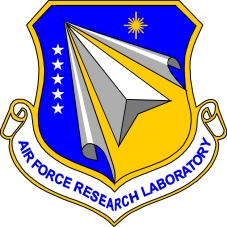The primary objectives of this project are to explore experimentally and theoretically the unimolecular decomposition of prototype hydrocarbon surrogates relevant to the combustion of JP-8 and JP-10 jet fuel. For JP-8, these are n-decane (C10H22) and n-dodecane (C12H26) to simulate the n-alkane fraction of JP-8. JP-10 represents principally a single-component-fuel: exo-tetrahydrodicyclopentadiene (C10H16). This endeavor presents a major challenge as no study has been conducted to date, in which the decomposition mechanisms of these surrogates and the overall spectrum of newly formed open and closed shell molecules have been explored on line and in situ under combustion relevant conditions over a broad range of parameters (pressure, temperature). Our study exploited a high temperature chemical reactor, which the decomposition of jet fuel surrogates can be probed systematically under combustion-like parameters (pressures between a few 100 to a few 1,000 Torr; temperatures from 500 K to 1,600 K). The nascent products are identified on line and in situ in a supersonic molecular beam applying versatile and highly complementary ionization techniques. These are soft electron impact ionization exploiting low energy electrons and single photon vacuum ultraviolet photoionization (VUVPI) followed by a mass spectroscopic analysis of the ions in a quadrupole mass spectrometer (QMS) and reflectron time-of-flight mass spectrometer (RETOF), respectively.

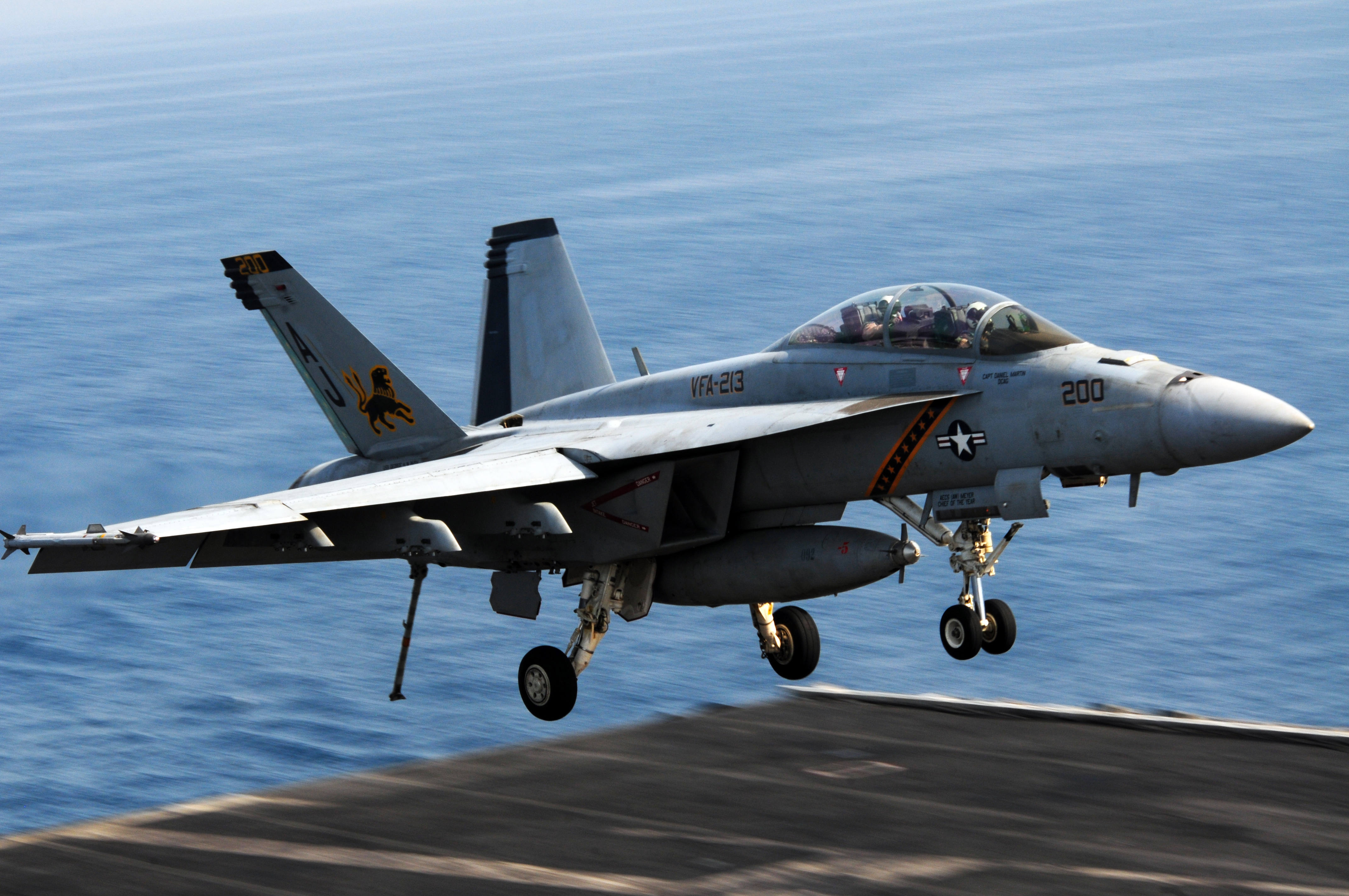
By conducting molecular beam experiments and combining these studies with electronic structure calculations, we extract information on the products, their branching ratios, the kinetics, and reaction mechanisms involved in the decomposition of JP-8 and JP-10 surrogates over a broad range of combustion relevant temperatures and pressures. These data are superior compared to those obtained from bulk shock tube experiments (versatile detection system, complete detection of all products including radicals and thermally unstable products, branching ratios) and are very much required by the combustion community to unravel the initial processes, which trigger the decomposition of prototype hydrocarbon molecules and ‘switch on’ the supply of radicals in the combustion of JP-8 and JP-10 jet fuel within the first few 10 µs. Those studies also elucidated the rate-controlling processes together with key reaction pathways and mechanisms in fuel decomposition processes. These studies are conducted in collaboration with Musahid Ahmed (LBNL, Berkeley) and Alexander M. Mebel (Florida International University).

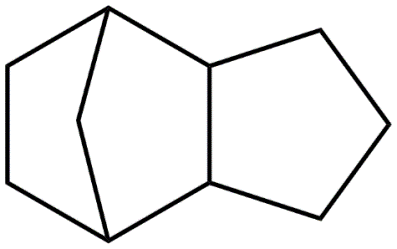
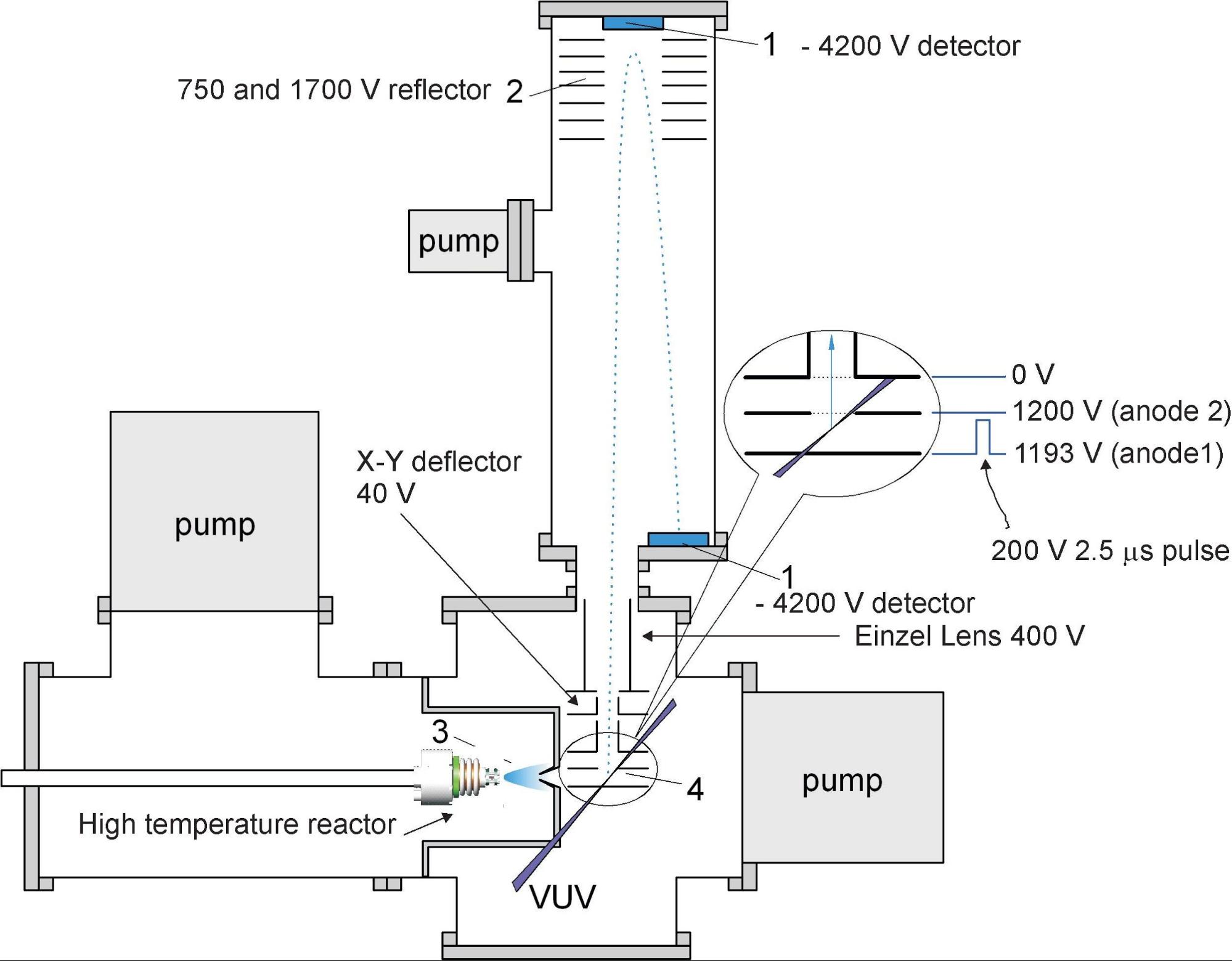
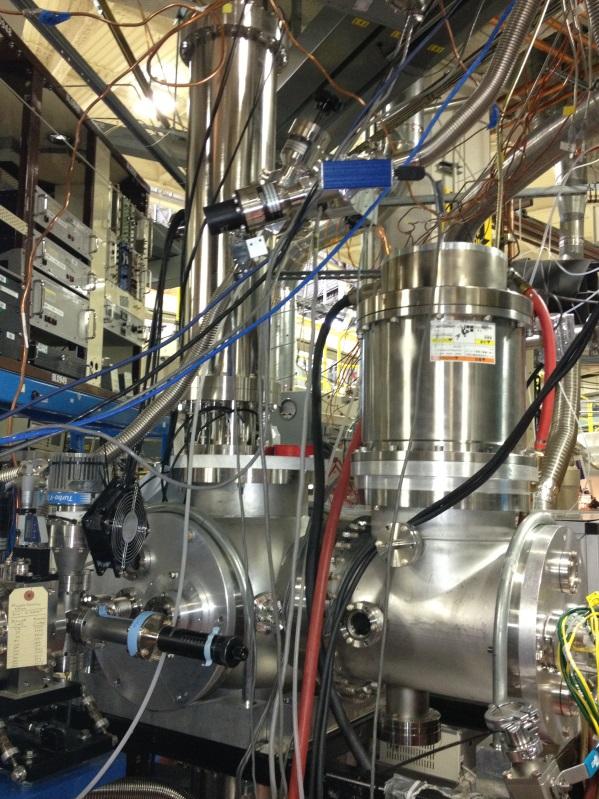
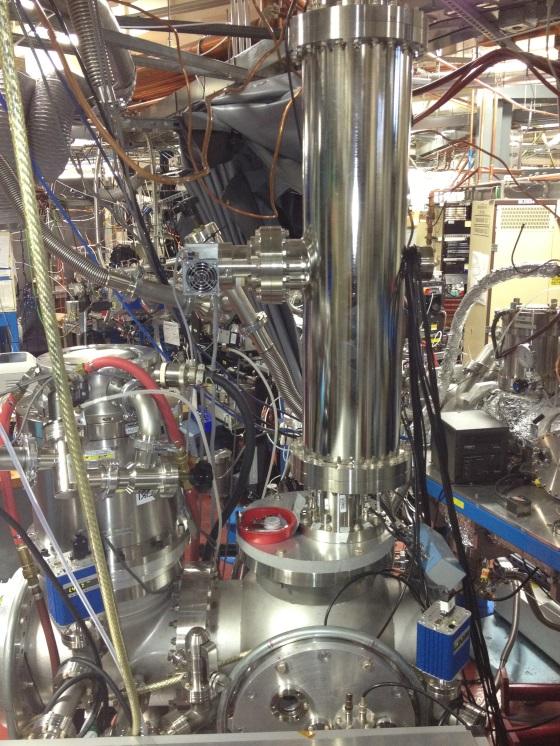
Recent Selected Publications
1. L. Zhao, T. Yang, R.I. Kaiser, T.P. Troy, M. Ahmed, D. Belisario-Lara, J.M. Ribero, A.M. Mebel, Combined Experimental and Computational Study on the Unimolecular Decomposition of JP-8 Jet Fuel Surrogates. I. n-Decane (n-C10H22), J. Phys. Chem. A, 121, 1261-1280 (2017). (PDF)
2. L. Zhao, T. Yang, R.I. Kaiser, T.P. Troy, M. Ahmed, J.M. Ribero, D. Belisario-Lara, A.M. Mebel, Combined Experimental and Computational Study on the Unimolecular Decomposition of JP-8 Jet Fuel Surrogates. II. n-Dodecane (n-C12H26), J. Phys. Chem. A, 121, 1281-1297 (2017). (PDF)
3. L. Zhao, T. Yang, R.I. Kaiser, T.P. Troy, B. Xu, M. Ahmed, J.M. Ribero, D. Belisario-Lara, A.M. Mebel, Y. Zhang, C.C. Cao, J.B. Zou, A Vacuum Ultraviolet Photoionization Study on High-Temperature decomposition of JP-10 (exo-tetrahydrodicyclopentadiene), Phys. Chem. Chem. Phys., 19, 15780-15807 (2017). (PDF)
4. D. Belisario-Lara, A.M. Mebel, R.I. Kaiser Computational Study on the Unimolecular Decomposition of JP-8 Jet Fuel Surrogates III: Butylbenzene Isomers (n-, s-, and t-C14H10), J. Phys. Chem. A, 122, 3980-4001 (2018). (PDF)
5. A.N. Morozov, A.M. Mebel, R.I. Kaiser A Theoretical Study of Pyrolysis of exo-Tetrahydrodicyclopentadiene and Its Primary and Secondary Unimolecular Decomposition Products, J. Phys. Chem. A. 122, 4920-4934 (2018). (PDF)

